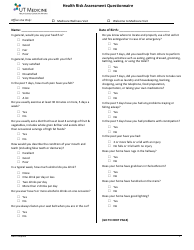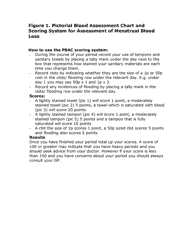Fall Risk Assessment Tool - the Johns Hopkins Health System Corporation
The Fall Risk Assessment Tool by the Johns Hopkins Health System Corporation is used to assess the likelihood of an individual falling and to take preventive measures to reduce the risk of falls.
FAQ
Q: What is the Fall Risk Assessment Tool?
A: The Fall Risk Assessment Tool is a tool used by the Johns Hopkins Health System Corporation to assess an individual's risk of falling.
Q: Why is fall risk assessment important?
A: Fall risk assessment is important because it helps identify individuals who are at a higher risk of falling and allows for appropriate interventions to prevent falls.
Q: How does the Fall Risk Assessment Tool work?
A: The Fall Risk Assessment Tool uses various factors such as age, medical history, medication use, and mobility to determine an individual's risk of falling.
Q: Who can use the Fall Risk Assessment Tool?
A: The Fall Risk Assessment Tool can be used by healthcare professionals, caregivers, and individuals themselves to assess fall risk.
Q: What are some common risk factors for falls?
A: Common risk factors for falls include advanced age, history of previous falls, certain medical conditions, medication use, and environmental hazards.
Q: What interventions can be done to prevent falls?
A: Interventions to prevent falls can include exercise programs, medication review, home modifications, and assistive devices such as grab bars and walking aids.
Q: Is the Fall Risk Assessment Tool widely used?
A: The Fall Risk Assessment Tool is widely used in healthcare settings to assess fall risk and guide fall prevention strategies.
















